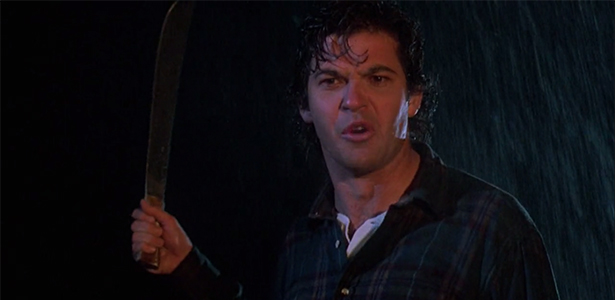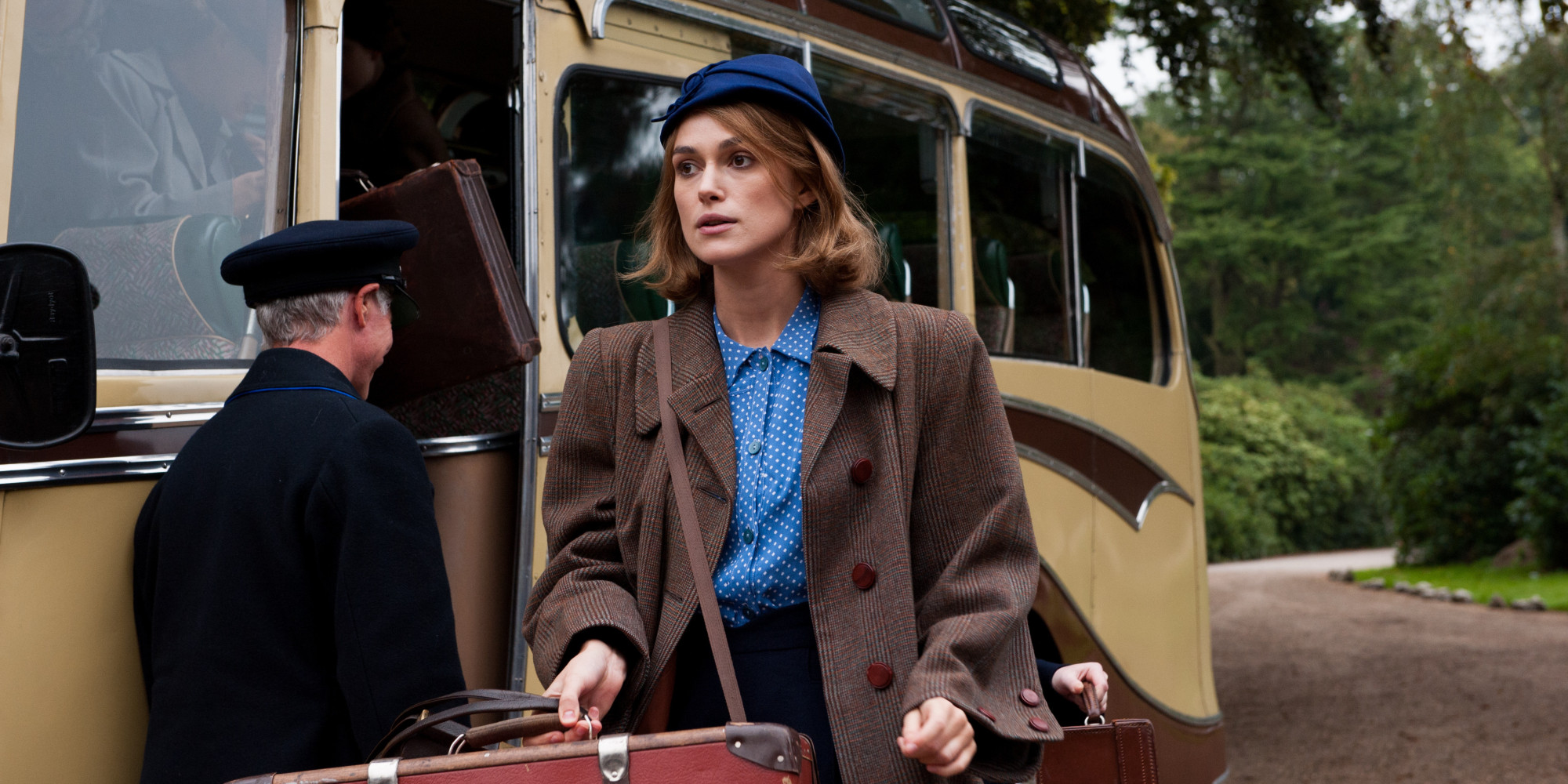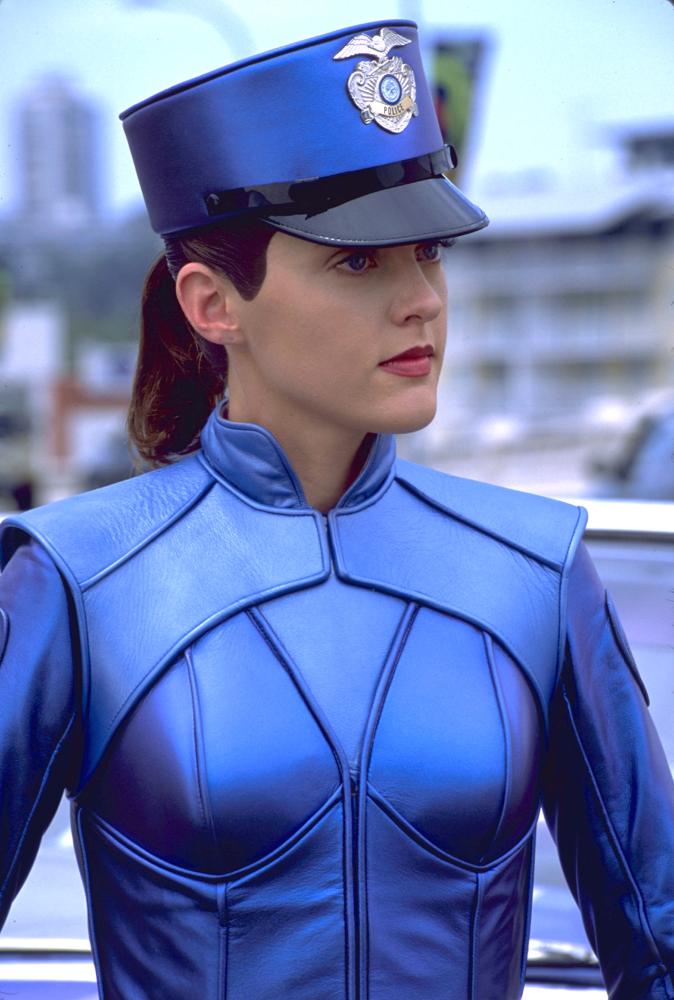Horror icons are just hard to kill plain and simple. Hollywood studios has shown its viewers many a time that if an audience so desires to see one type of formula repeated and repeated and repeated, the amount of people it will appeal to will split. At some point viewers who will recognize the formula will get tired and want to experience something relatively new. Meanwhile, the viewers who enjoy ingesting the same material day-in and day-out will continue to watch what they find entertaining. A great contemporary example of that is Michael Bay's Transformers (2007) franchise. By the fourth entry, many of the fans from the first were not attending the screenings because the formula became so repetitive. The same can be said for the Friday the 13th (1980) franchise. What started out with a premise that caught many peoples attention, soon grew into a series of copies of itself almost on an annual basis with declining quality. Now although this entry isn't worse than Friday the 13th Part III (1982), it's showing no improvement.
 |
| Rob (Erich Anderson) |
After proving himself worthy of heading a horror movie with his own The Prowler (1981), director Joseph Zito was hired. According to sources however he was also expected to write, but instead hired Barney Cohen to do it for him. Before this film, Cohen had only written for a couple films in the late 1970s and some TV episodes; all of which were not in the horror genre. Is also probably safe to assume he did not view any of the other films before this entry because there is absolutely no originality in this screenplay whatsoever. With a beginning to this movie looking like how writer Alan B. McElroy got his idea on how to open Halloween IV: The Return of Michael Myers (1988), familiar viewers who are hoping for something new to happen in the plot will be disappointed. There is no story being told really. A bunch of sexually active teenagers (of which resemble the same set of personalities from the last three films prior) stay out in a rental home next to another family near Camp Crystal Lake. Once that's set up, Jason is all that is needed to complete the film.
Aside from one character named Rob (Erich Anderson) having a motive to why he's roaming around the same area, no other character is interesting. Anderson's character is related to a victim from one of the previous films, but the continuity is even less elaborated on than the continuity from Friday the 13th Part III (1982) had to Friday the 13th Part II (1981). No other character receives any kind of development other than who's going to sleep with one another in bed. Sure, everyone has a libido but it seems as if that's all this film has. A viewer who wants to be invested in a character can not react properly if they don't learn any kind of lesson. With that said, much of the characters on screen are just boring and make the pacing slow down. If anything, if viewers want to see what some actors looked like before they were well known this series seems to be good at doing that. There's appearances by Judie Aronson, Kimberly Beck, Crispin Glover and Corey Feldman.
Playing Jason Vorhees for this entry is actor Ted White. Mostly for doing a lot of unknown parts to other films like Tron (1982) and Starman (1984), he is able to fit the look of what people know Jason to look like. As for the actual part that Jason plays in, it feels almost wasted. For anyone who has kept up with the series thus far, why must the movie project its main villain as a mysterious character? Anytime the camera scans various characters as if they are being watched, an experienced viewer knows its Jason. So why even conceal it? There's nothing about it that could get someone thinking to themselves "Could that be him?". Sadly even the kill scenes are mediocre even with the beloved help of Tom Savini's practical gore effects. Although Friday the 13th Part III (1982) was more gimmicky than anything else trying to sell the 3D aspect, the kills were at least unique in the sense of trying to be three dimensional. Here, only small bits of the violence seemed inventive.
 |
| "Hmm,...guess I'm going to need new fingers" |
Finally is camerawork and music. João Fernandes took on the role as cinematographer. For Fernandes, the camera remains steady, which is good. Anything resembling that of Jason's point of view shots remain acceptable. Is it anything to be impressed with? No but it's not bad either, it's just standard. The same would/could be said for Harry Manfredini returning to compose his signature score once more. The only problem is that sometimes even for this entry the music felt unnecessary in some scenes. With the main theme of various string progressions that gives the scene a sense of uncertainty, it occasionally feels too over dramatic. This is especially obvious when some viewers know Jason is not around. Plus, there's even jump scares for scenes that aren't even the list bit scary. It's difficult to say whether Manfredini was just on autopilot or was still trying to make the film scary. Either way, it wasn't the most effective as it could've been.
For a series with such a devoted fan base, it is amazing to how dull this series is getting. Jason Vorhees will always be a menacing character but so far, he's been surrounded by uninteresting characters and has had barely a plot about himself. The music is kept the same but is beginning to miss too. Not even his kill scenes were as memorable. The only things that may be worth someone's time is seeing various actors when they were younger, steady camerawork and some of the traditional practical effects.
Points Earned --> 4:10



-large-picture.jpg)





